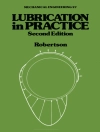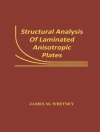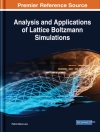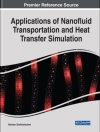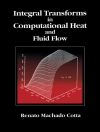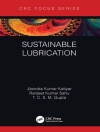This volume contains a collection of papers from the research program “Protective Artificial Respiration (PAR)”. In 2005 the German Research Association DFG launched the research program PAR which is a joint initiative of medicine and fluid mechanics. The main long-term objective of this program is the development of a more protective artificial respiratory system to reduce the physical stress of patients undergoing artificial respiration. To satisfy this goal 11 projects have been defined. In each of these projects scientists from medicine and fluid mechanics do collaborate in several experimental and numerical investigations to improve the fundamental knowledge on respiration and to develop a more individual artificial breathing concept.
Tabela de Conteúdo
Advanced Multi-Scale Modelling of the
Respiratory System.- Analysis of the Flow in Dynamically Changing Central Airways.- Cell Physiology and Fluid Mechanics in the Pulmonary Alveolus and its Capillaries.- Experimental and numerical investigation on the flow-induced stresses on the alveolar-epithelial-surfactant-air interface.- Fluid mechanical equilibrium processes in a multi-bifurcation model.- In vivo microscopy and analysis of regional ventilation in a porcine model of acute lung injury.- Magnetic Resonance Imaging and Computational Fluid Dynamics of High Frequency Oscillatory Ventilation (HFOV).- The effect of unsteadiness on particle reposition in human upper and lung airways.- Transport at air-liquid bridges under high-frequency ventilation.





